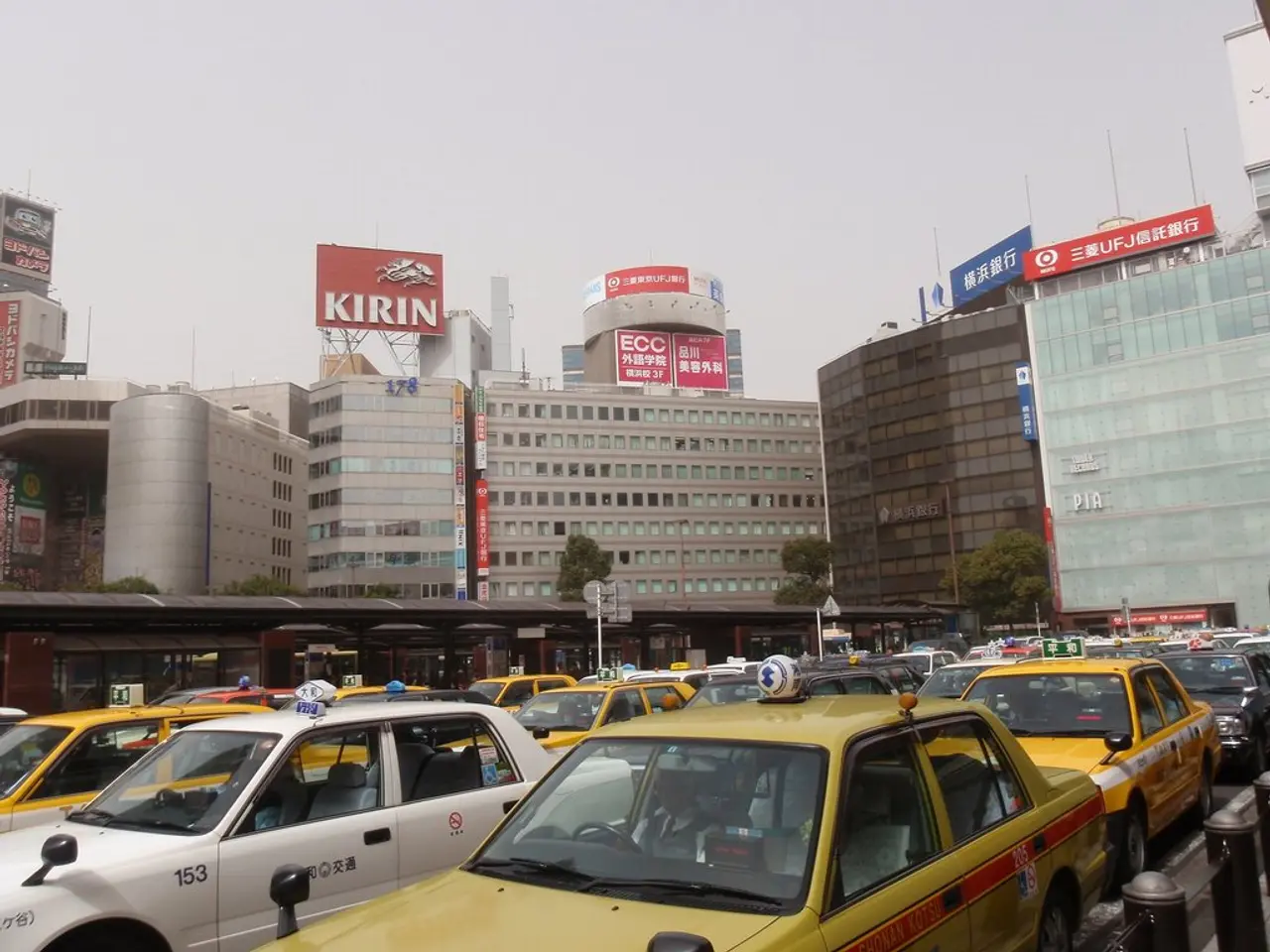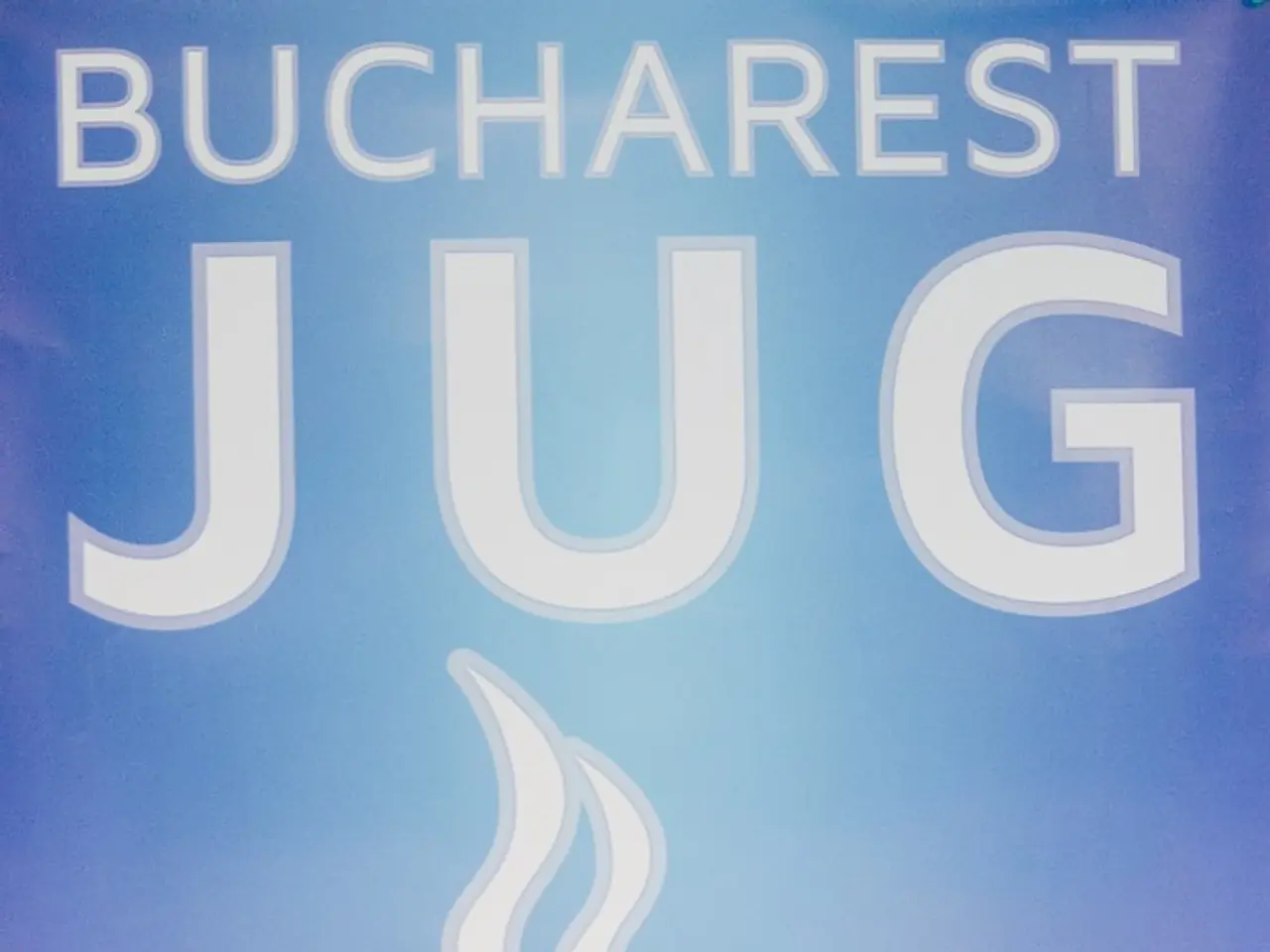Over 35 Euros per Inhabitant: Dispute over Major Funding for Public Transport in Lower Saxony by 2028
Transport organizations urgently seek increased funding - Local transportation organizations petition for substantial financial increases
Time for a change, say various associations who are demanding a substantial increase in funds for public transport in Lower Saxony by 2028. This call to action is evident in the "5-Point Appeal" signed by the three Lower Saxon municipal peak associations, along with transport associations and patrons. The budget for public transport has seen a rapid decline in recent years, according to their statement.
The existing offers on buses and trains are now under threat. "Due to the staggering increase in operational costs, we're now facing cuts," said the director of the Regional Association Großraum Braunschweig, Ralf Sygusch.
The appeal includes several demands. For instance, they advocate for a permanent commitment by Lower Saxony to the Germany Ticket, with its legal assurance. They also emphasize the need for an overall concept for public transport in Lower Saxony, encompassing a network of state bus lines and a coordinated rail-bus network.
"In rural areas, appealing transport options are scarce," said the president of the Association of Cities and Municipalities, Marco Trips. Strengthening frequency and connections requires a commitment from the state, he insists.
Public transport plays a vital role in the future of Lower Saxony, the statement says. It decides the success of the mobility transition and contributes significantly to climate protection. All stakeholders, including the federal government, state, municipalities, and transport associations, acknowledge the importance and necessity of an efficiently developed, attractive public transport system, particularly in a federal state like Lower Saxony, confirmed the main managing director of the Association of Counties, Hubert Meyer.
Emphasis on Green Technologies
Recent developments in public transport funding in Lower Saxony point towards a growing focus on sustainable and zero-emission transport technologies. In 2024, Bavaria allocated over €50 million for climate buses, suggesting a trend that may influence similar funding allocations in Lower Saxony. The state has also been involved in significant funding initiatives for hydrogen-based projects and low-emission public transport.
Key Points of the '5-Point Appeal'
- Increased funding for sustainable and zero-emission public transport vehicles
- Expansion of hydrogen infrastructure (e.g., storage and refueling facilities)
- Investment in innovative technology and fleet renewal
- Long-term funding commitments through 2028
- Coordination between federal and state governments to maximize funding efficiency and align with climate policies.
In essence, Lower Saxony's public transport budget is supported by federal and state funds geared towards hydrogen and other green mobility projects, with a focus on expanding zero-emission transport systems by 2028. The appeal likely requests significantly increased and sustained funding to drive the growth and implementation of clean public transport systems.
- The appeal by various associations highlights the need for increased funding for sustainable and zero-emission public transport vehicles, which aligns with recent developments in Lower Saxony focusing on green technologies.
- The '5-Point Appeal' also emphasizes the expansion of hydrogen infrastructure, such as storage and refueling facilities, as part of its proposals for the development of a greener public transport system.
- It is clear that innovation and fleet renewal are key components of the appeal, as it calls for substantial investment in new technology to drive the transition towards a more eco-friendly public transport network.
- Beyond 2028, the appeal aims for long-term funding commitments, with a coordinated approach between federal and state governments to ensure efficiency and alignment with climate policies, contributing significantly to environmental-science and climate-change mitigation efforts in the industry.





